The mere mention of the Tata Safari evokes images of a powerful, imposing SUV. For an entire generation, the term ‘SUV’ was…
The mere mention of the Tata Safari evokes images of a powerful, imposing SUV. For an entire generation, the term ‘SUV’ was synonymous with Tata’s iconic Safari, a mainstay in the hearts of automobile enthusiasts for over two decades. Alongside the Sierra and Sumo models, the Safari stood as the foundation of the brand, captivating the nation as India’s inaugural domestically produced 4WD SUV in 1998. Its daring design, off-road prowess, and seamless ride quality endeared it to the masses. The Safari wasn’t just a vehicle; it became a symbol of aspiration for India’s burgeoning middle class in the 90s and early 2000s, outshining the hatchbacks of its era and drawing the admiration of the influential and powerful.

Recognizing the need for a transformation, Tata Motors embarked on a formidable challenge four years ago: to craft a second-generation Safari that upheld its legendary status while embracing contemporary features and advanced capabilities. As new contenders like the Mahindra XUV700, Toyota Innova HyCross, Kia Carens, and Hyundai Alcazar entered the scene, the Safari, relatively unchanged since its inception, began to display signs of ageing. This ambitious endeavour has culminated in the unveiling of the 2023 Tata Safari facelift.
Today, we stand on the brink of testing this eagerly anticipated version, brimming with excitement and anticipation for the new chapter it promises in the Safari’s enduring legacy.
Exterior Upgrades
Both the Safari and Harrier facelifts have received refreshed exteriors, each with unique features differentiating them. The Safari boasts body-coloured inserts in its larger parametric grille and a brushed silver lip on the lower front bumper. In contrast, the Harrier’s grille and lips are entirely black, exuding a youthful vibe. While the body-coloured grille inserts on the Safari revealed signs of chipping, these issues are expected to be resolved in future iterations.
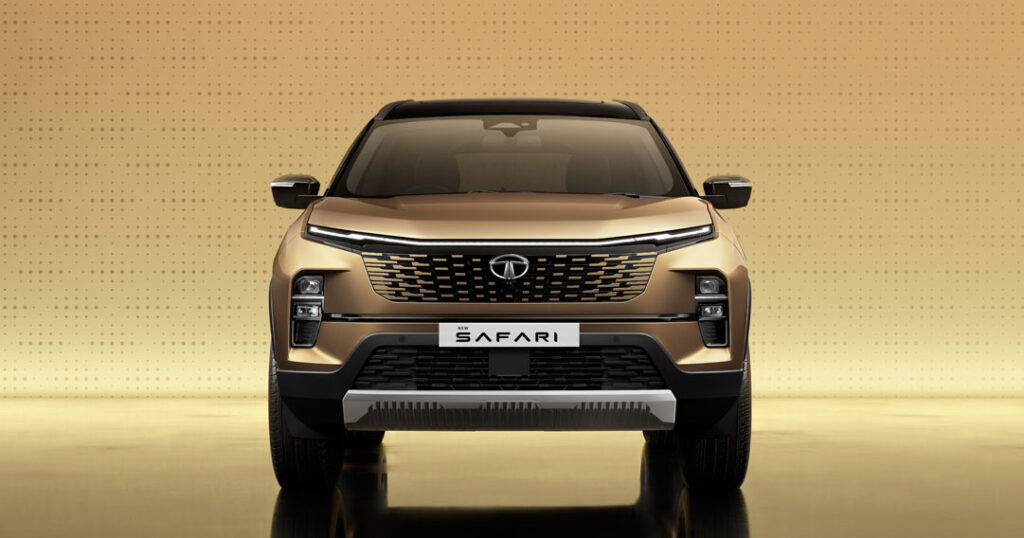
Both SUVs share similarities, including the full-width LED light bar connecting the DRLs and vertically stacked LED headlights. The Safari’s headlights feature a chrome inlay and ‘Safari’ badging, enhancing its distinct identity. Additionally, air vents under the headlight pods aid in aerodynamics and brake cooling. The new Safari offers 19-inch alloy wheels on its top-end trims, a design inspired by the Sierra concept, emphasizing Tata’s commitment to aesthetics and functionality.
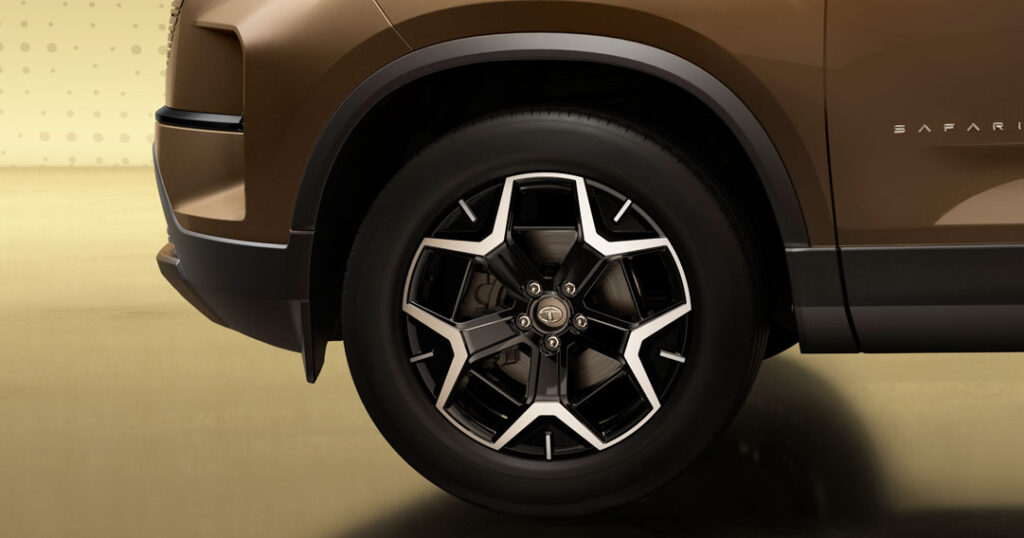

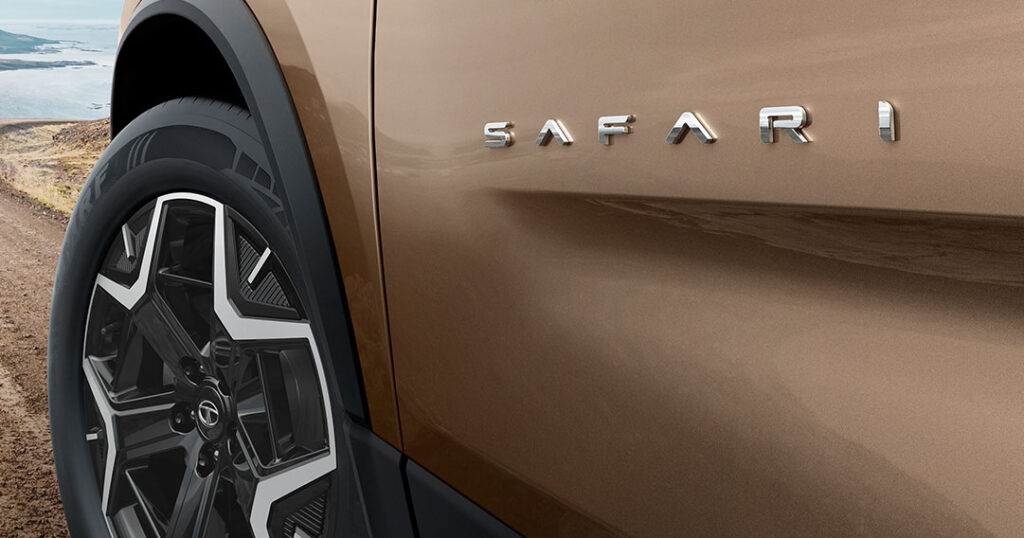

In profile, the SUV proudly displays ‘Safari’ badging on the front doors and features chrome door handles and window trims. The rear showcases a full-width LED light bar connecting wraparound taillights and a brushed silver skid plate, completing the sophisticated look.
Interior and Tech
The 2023 Safari facelift marks a significant leap in interior and technological features. The previous Safari Red Dark edition introduced Tata’s new 13.2-inch infotainment system, replacing the outdated, smaller touchscreen of the earlier model. The new system, highly responsive and intuitive, enhances the overall driving experience.
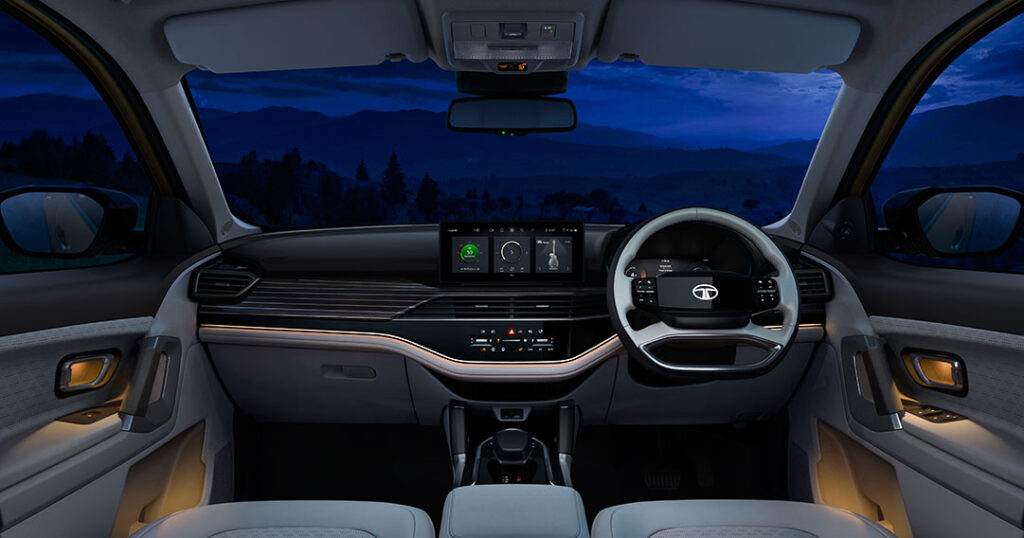
The dashboard hosts a new capacitive touch panel controlling air-con settings, fog lights, the electric tailgate, and the 360-degree camera system. A 10.25-inch digital instrument cluster, displaying comprehensive information, including Google Maps, further amplifies the interior’s technological prowess. Tata’s new four-spoke digital steering wheel, featuring an illuminated Tata logo and touch buttons for adaptive cruise and audio volume control, adds a touch of sophistication. Automatic transmission variants come with paddle shifters, although their quality and functionality require refinement.
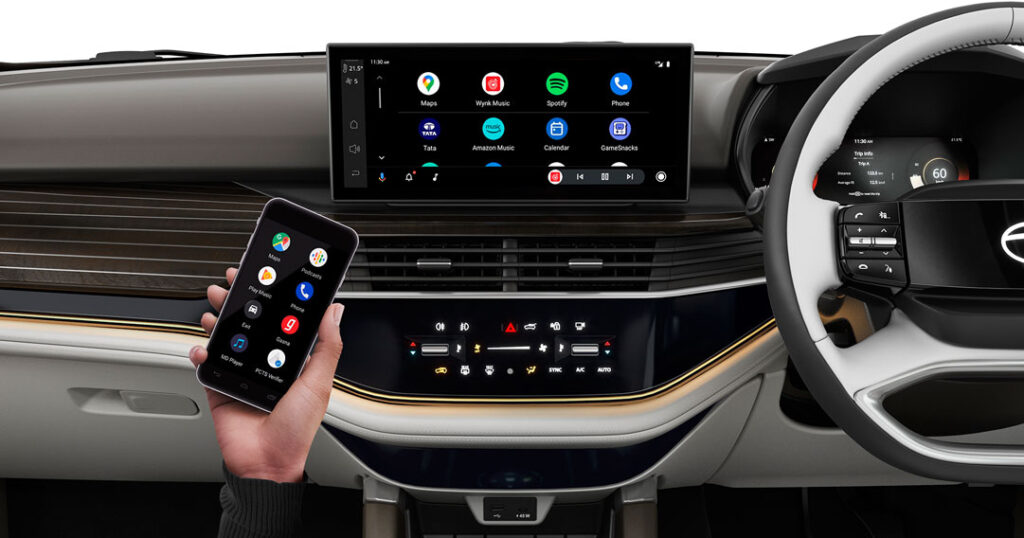

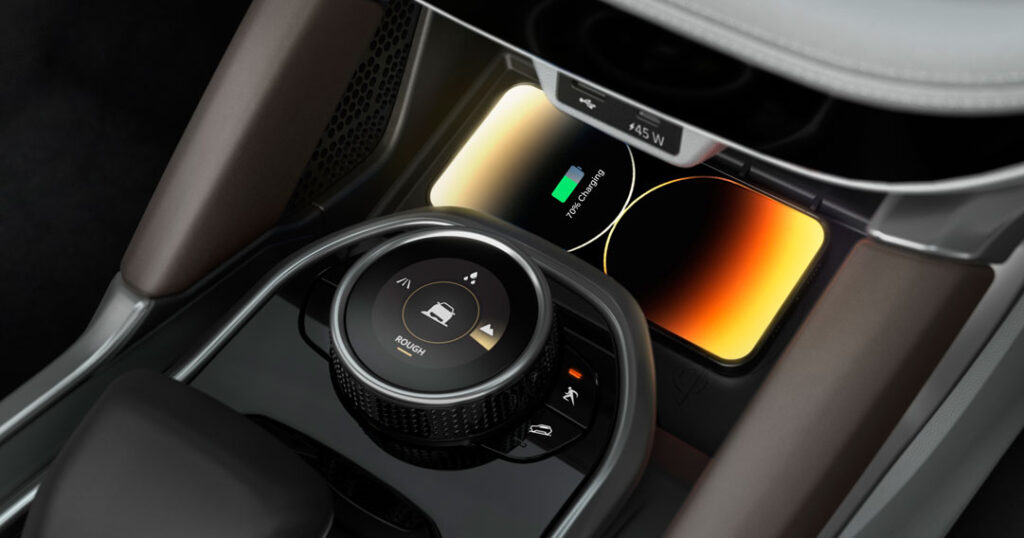
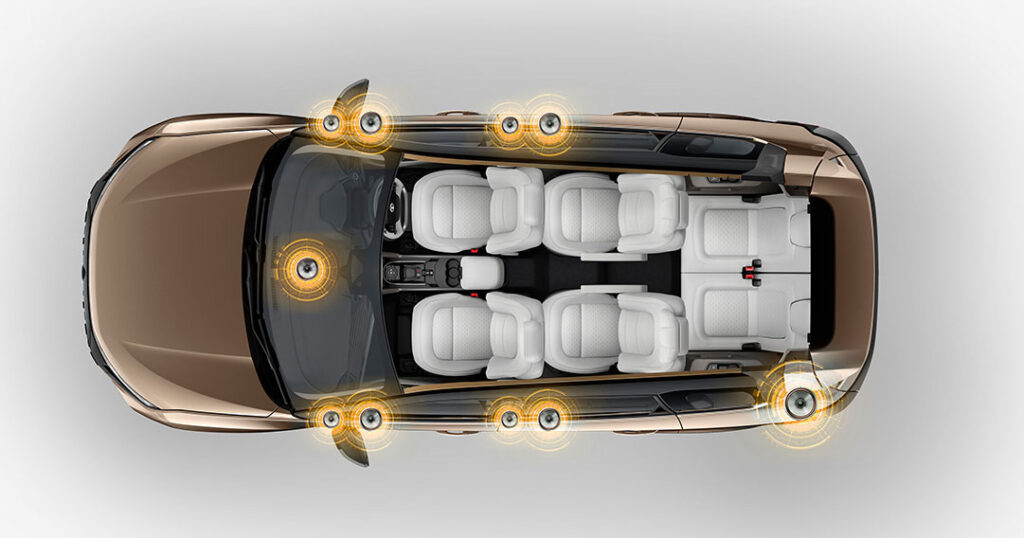

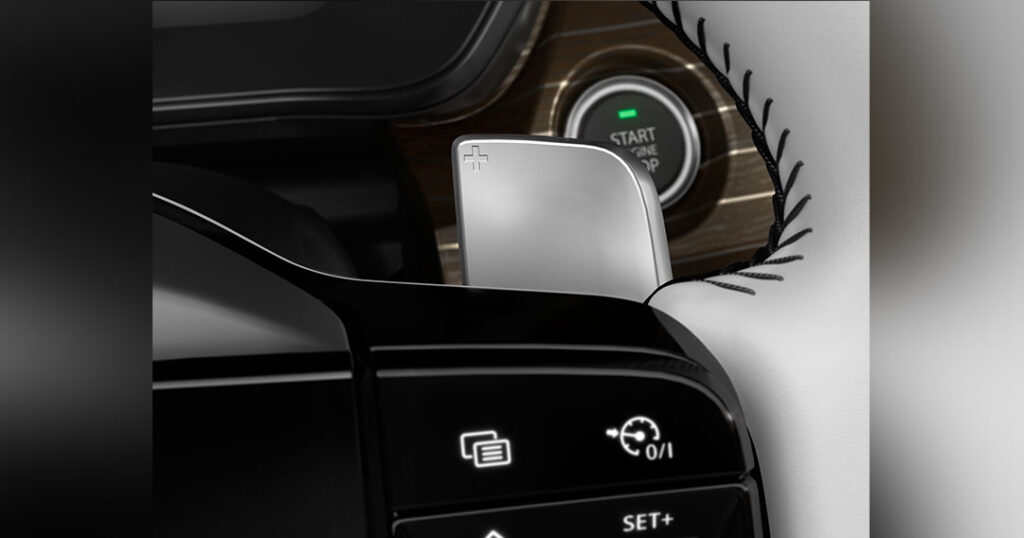
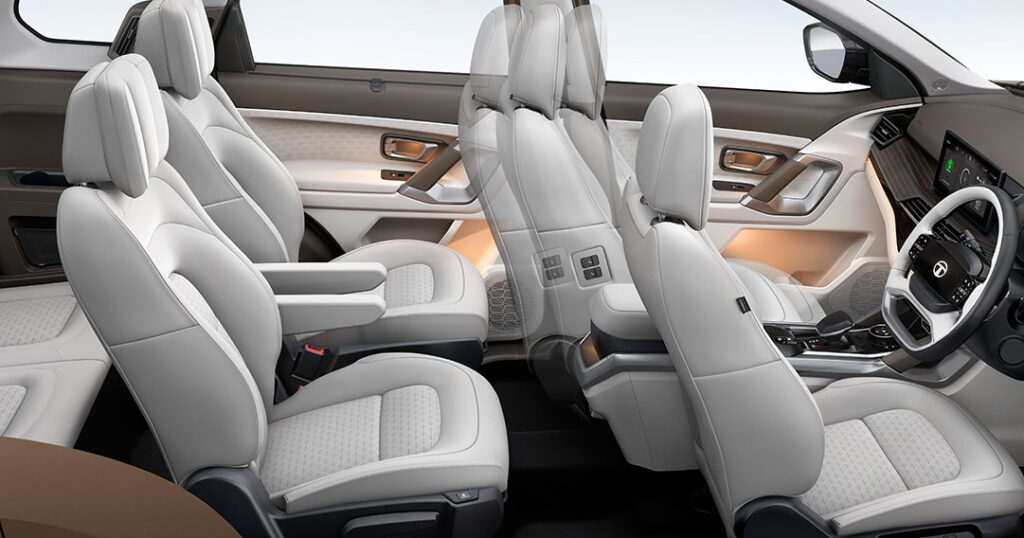
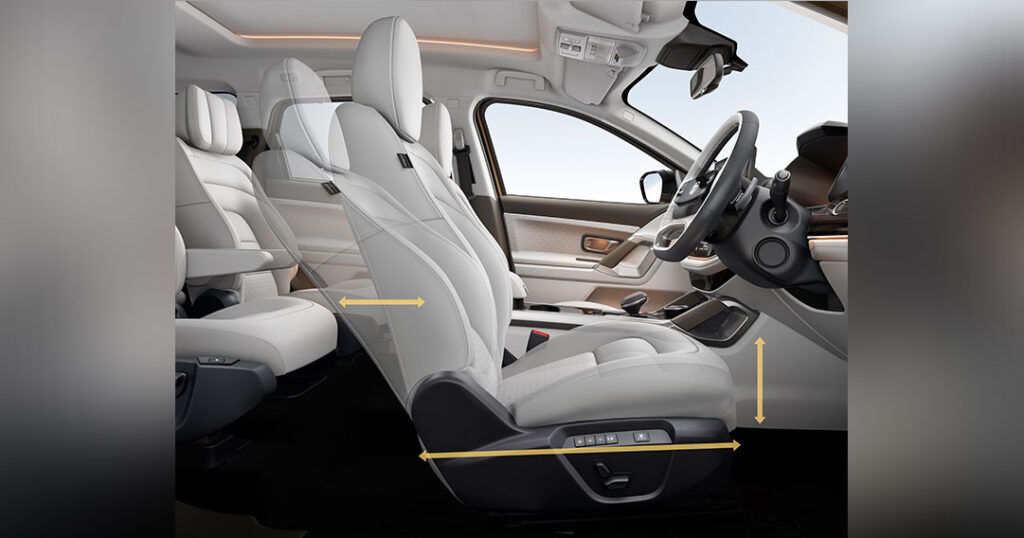
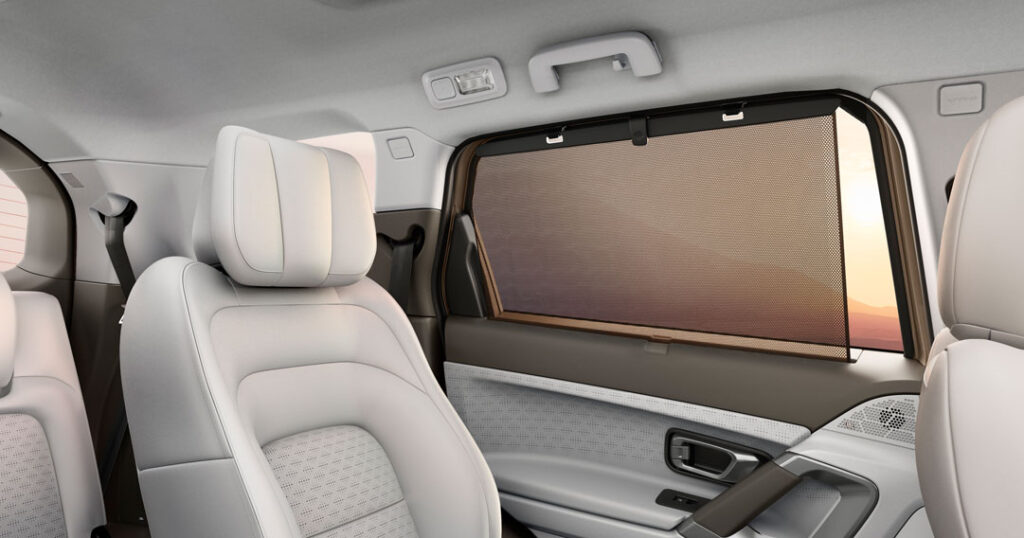
The interior offers a wireless charger, a 45W Type-C USB port for fast charging, a panoramic sunroof with mood lighting, a six-way electric driver’s seat, a four-way electric front passenger seat, front seat coolers, and configurable mood lighting. The Safari also incorporates front and rear parking sensors, 360-degree cameras, automated headlights, rain-sensing wipers, and an electric tailboard with gesture control.
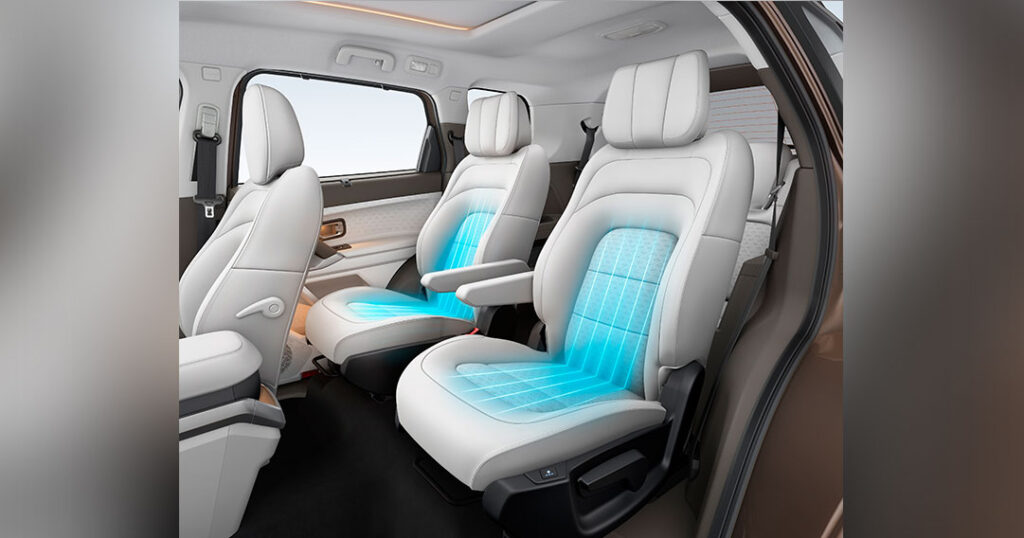
For the second row, Tata provides ultra-comfortable captain seats with ventilation, creating a luxurious six-seater configuration. The rear headrests feature movable extensions for added comfort during naps. The third row, while equipped with USB ports and bespoke AC controls, is better suited for children and short adults due to limited knee room and under-thigh support.
Steering and Driving Dynamics
The most significant mechanical change in the new Safari is the introduction of the Electric Power Assisted Steering (EPAS) system, revolutionizing its driving dynamics. Unlike the previous hydraulic unit, the EPAS system offers a consistent and direct feel, eliminating steering kickbacks and enhancing the driving experience both in city traffic and on highways. Although lacking the nuanced feedback of a hydraulic system, the EPAS system offers precision, allowing for precise vehicle placement.
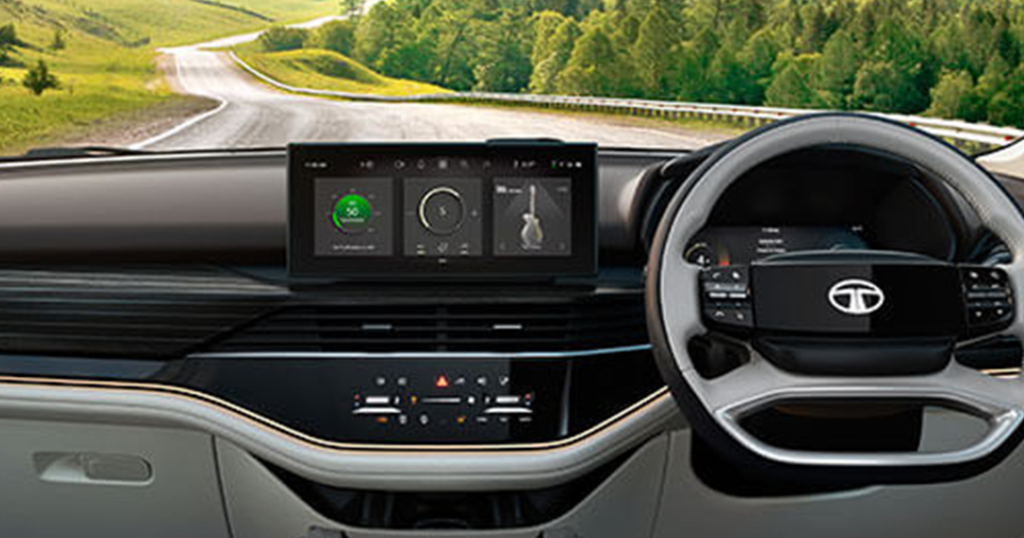
Despite its larger size and weight, the Safari manoeuvres corners effortlessly, thanks to the EPAS system. While some body roll is present, it is expertly controlled. The 245-section tires provide exceptional grip, enabling the Safari to handle corners with surprising agility for an SUV of its size.
Powertrain
The 2023 Safari retains its tried and tested, FCA-sourced 2-litre turbo-diesel engine, producing 168bhp and 350Nm. This robust engine effortlessly handles the Safari’s weight, providing ample low-end and mid-range power for effortless overtakes, even with a full load. The diesel engine’s refinement is noteworthy, with minimal vibrations reaching the cabin or the steering wheel.

Transmission options include a six-speed manual or a six-speed torque converter automatic, the latter being the choice for our test drive. Tata Motors has introduced paddle shifters with this gearbox, although their functionality leaves much to be desired. Limited to the ‘Sport’ mode, these paddles do not provide full control over the gearbox, restricting downshifts below certain RPMs and refusing upshifts at the redline. This inconsistency undermines the purpose of having paddle shifters, impacting both performance and efficiency.
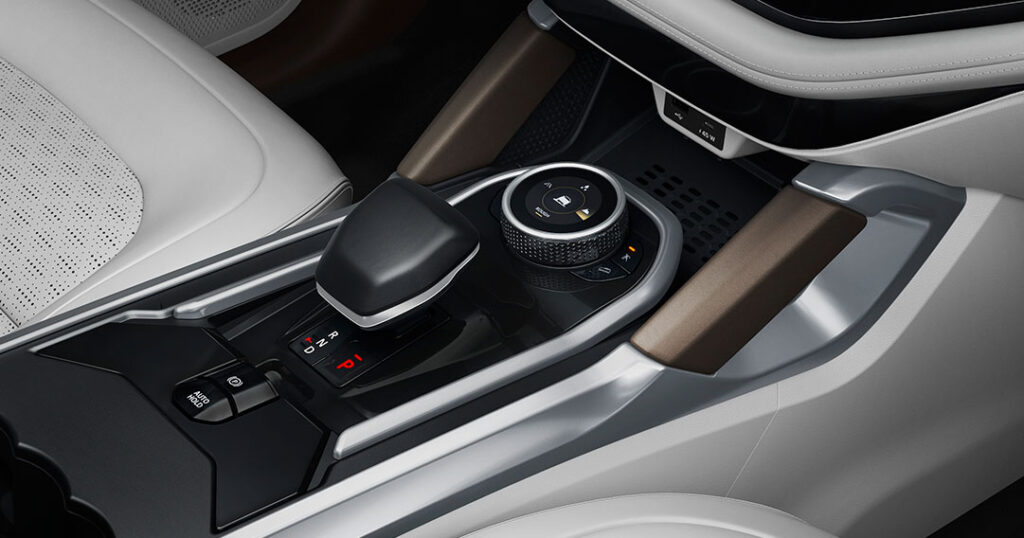
Verdict
The 2023 Tata Safari facelift builds upon the strengths of its predecessor, introducing several enhancements. While it maintains exceptional comfort, robust build, and off-road prowess, there are areas, such as finishing details and the quality of certain components, that require attention.

Tata Motors is expected to adhere to its aggressive pricing strategy with the Safari facelift, offering excellent value for money. Although a slight premium can be anticipated over the previous model, Safari’s competitive pricing will continue to make it an attractive choice in the market. The official prices for the Tata Harrier and Tata Safari facelifts will be unveiled on October 17, 2023.

